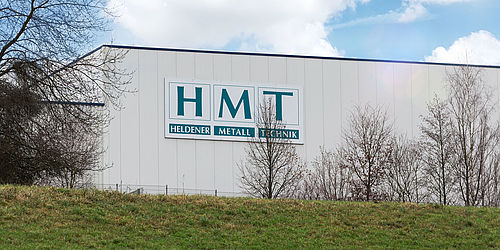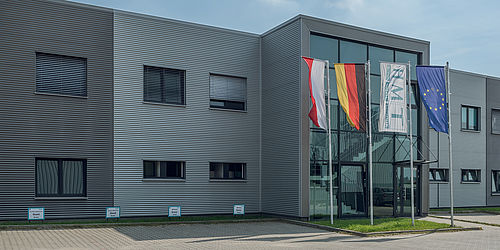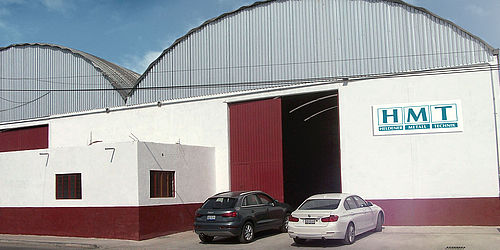Intelligent bonding methods
The bonding of equivalent or differing metallic or non-metallic materials is one of the most modern and innovative procedures in the field of joining technology, and ensures efficiency in lightweight construction. On the one hand, bonding technology enables a miniaturisation of individual components that was previously unknown. On the other hand, it allows for equalisation between elements that have different surface properties and coefficients of thermal expansion. Bonding is not just merely a method for permanently joining components; it has developed into an independent construction means that is providing impetus for innovative designs and structural possibilities in lightweight construction.
The strength of the finished products is influenced by several factors. This includes the inherent strength of the joined components, the strength of the two adjacent surfaces and their geometric design, and the adhesive layer and the stress placed upon it later on.
Advantages of bonding
At HMT, we use bonding technology to achieve a greater torsional strength in joined elements and to prevent possible noise development that can occur due to the components rubbing against each other. In the case of aluminium-steel connections, the bonding also ensures the electrochemical decoupling of the individual components and protects them from corrosion.HMT also produces components with an additional partial coating.
This special procedure optimally prepares the parts for subsequent welding and bonding by our customers. We have two systems with self-piercing rivet units that enable the direct combination of self-piercing rivets and bonding when joining components.




